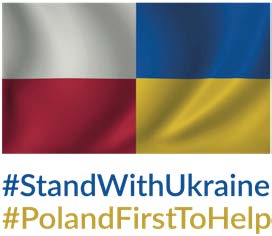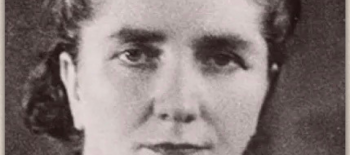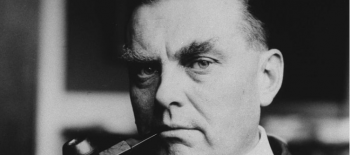Solo exhibition of works by Piotr Janas
On view: April 21-June 4
Opening reception: Thursday, April 21 at 6-8:30 PM ET
Thomas Erben Gallery
526 W 26th St
New York, NY 10001
Thomas Erben Gallery is pleased to present Piotr Janas’ (b. 1970, Warsaw) first exhibition with the gallery, featuring paintings made between 2008 and 2020. Since emerging in the young Polish scene in the early ‘00s, Janas has become known for intense, visceral paintings that meditate on the collision between biomorphism and the formal language of modernist abstraction.
Working in a late-surrealist mode inherited from the Polish avant-garde of the ‘60s and ‘70s, having studied under Prof. Jerzy Tchórzewski, Janas treats the canvas as a body itself, subjecting it to a kind of physical and mental abuse that mirrors the conditions of post-industrial life. Stretched, pierced, corroded, bleeding, the “figures” of Janas’ paintings seem to represent the decayed remains of an earlier form of humanity, which, while no longer living, still contain the trace of a vital will.
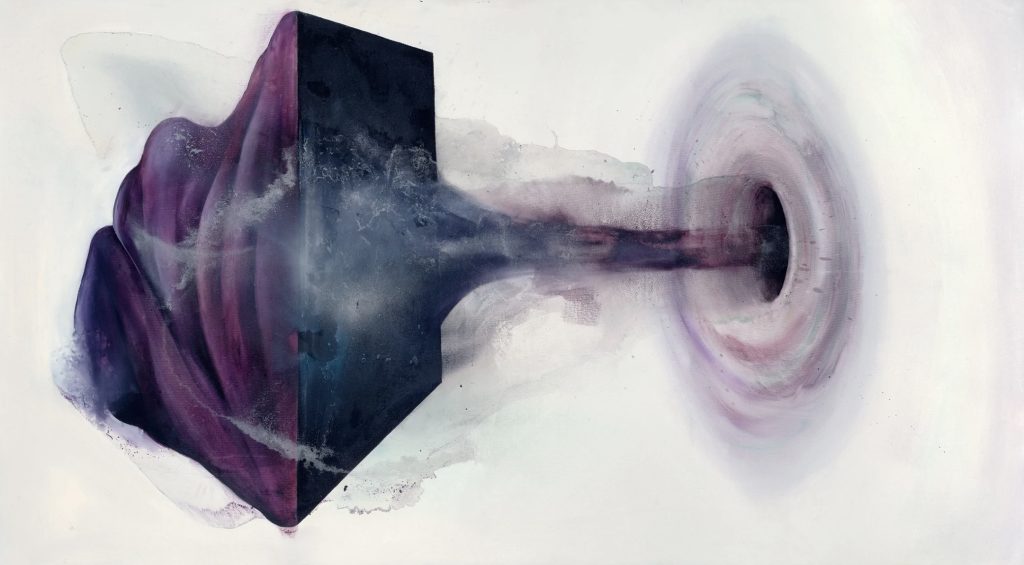
The show opens with a video of the artist — stripped down to his underwear, with cigarette in hand — dancing on the back of a painting laid face-down on the studio floor. As he balances on the stretcher, bouncing across the frame striking classical ballet poses, the bars buckle, threatening to crack under Janas’ weight. Like his paintings, the image contains a series of contrasts: the elegance of the music with the awkwardness of his dance; the taut canvas with his soft body; the flat grid with his movement in space. A mutual subjection takes place in which both artist and artwork must submit to the other’s demands.
“In the Penal Colony,” Kafka’s short story about an imaginary prison island, centers around an elaborate execution device that, over the course of many hours, inscribes the text of the law into the back of the accused, causing such intense pain that it induces a quasi-religious epiphany in which the condemned realizes that the law is endowed with the power of fate. But over time even this authority begins to decay, and the device falls into a state of disrepair, still executing its victims but robbing them of the mystical experience that had provided its sole rationale.
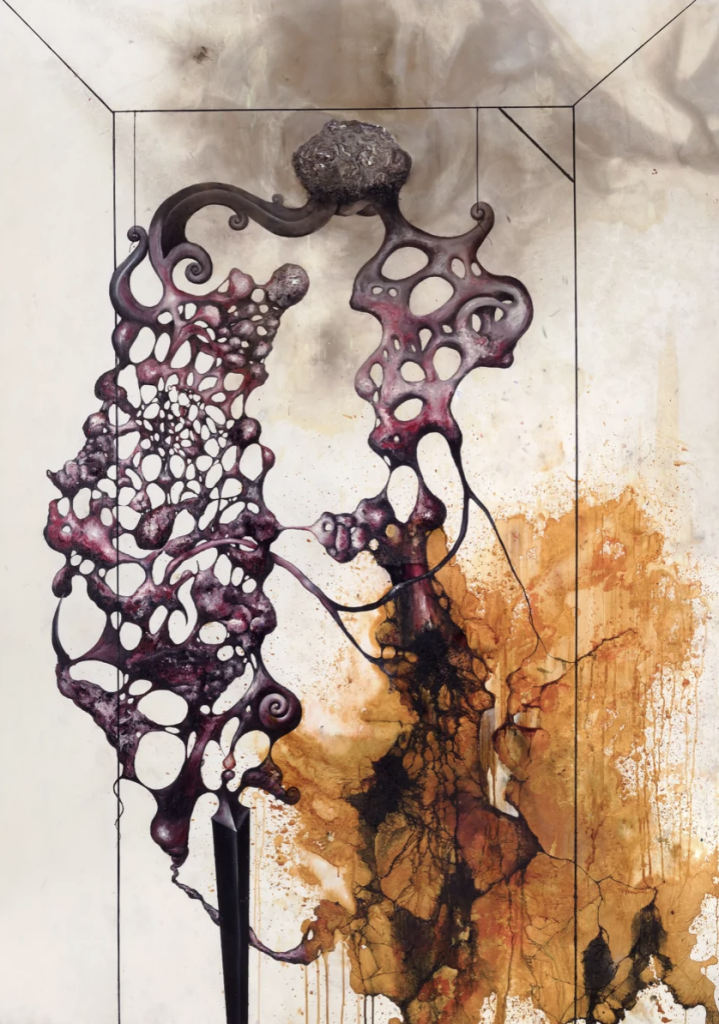
Like Kafka’s parable, the work of Piotr Janas is marked by an existential dread that manifests in violent fantasies and an acute sensitivity to the absurdity of modern life, especially in the rationalized morality of the state and its institutions. If the effect of Kafka was to reveal the emptiness behind the law’s abstractness, Janas’ paintings show us how that emptiness deforms the subject, reducing it to little more than quantities of flesh and blood. As the law becomes more and more monstrous, so, too, does Janas’ figures, which, rather than sympathy, inspire an ambivalent attraction-repulsion.

About the artist:
Piotr Janas lives and works in Warsaw, Poland. He debuted internationally at the 50th International Venice Biennale in 2003 and has been the subject of numerous institutional and gallery exhibitions, including Flesh in War with Enigma, Kunsthalle Basel (2004), Infinite Painting: Contemporary Painting and Global Realism, Villa Manin Centro d’Arte Contemporanea (2006), Polish Painting of the 21st Century, Zacheta National Gallery of Art, Warsaw (2006), Institute of Contemporary Arts, London (2012); Museum of Modern Art, Warsaw (2014); Foksal Gallery Foundation (2004, 2009, 2016, 2022), Bortolami (2008 & 2013), Jack Hanley (2005), Nicolas Krupp (2013), Stereo (2018), Wschod (2022). Janas’ works are in the collections of the Tate Modern, London; Fondazione Sandretto Re Rebaudengo, Turin; National Museum in Wroclaw; Zacheta National Gallery of Art, Warsaw; and the Museum of Modern Art, Warsaw.
This exhibition was organized in collaboration with the Foksal Gallery Foundation, Warsaw, and with the kind support of the Polish Cultural Institute, New York.
Lead image: Glass, 2018. Oil and lacquer on canvas, 150 x 200 cm.
